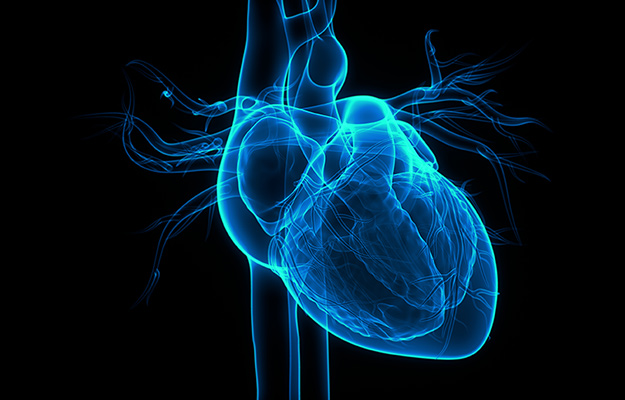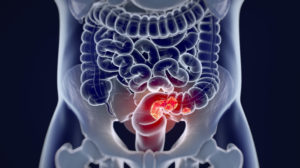Despite advances in science, healthcare practitioners have found it difficult to manage heart failure (HF), which often manifests as a clinical syndrome. This is evident in the significantly greater readmission rate and the increased mortality and morbidity associated with HF.
Epigenetics is the study of reversible chemical modifications to DNA and histone proteins, commonly referred to as the epigenome, that can alter gene expression. The phrase epigenome comes from the Greek word epi, which means “above” the genome.
The epigenome is made up of chemical substances that alter or mark the genome in such a manner that it informs it what to do, where to do it, and when to do it. Distinct cells have different epigenetic markers.
These epigenetic markers, which are not part of the DNA, can be handed down from cell to cell as cells divide and from generation to generation.
Under normal settings and in reaction to stress, gene expression is required for the preservation of heart function. Each type of cardiac cell has its own transcription control program. Different forms of stress change these processes, which, if sustained, can result in an altered cardiac phenotype and, eventually, heart failure.
Until recently, our understanding of the epigenome’s function in cardiac disease was confined to histone deacetylation.
However, during the last decade, the effects of a variety of additional alterations on heart homeostasis and the development of ventricular hypertrophy, such as DNA methylation and hydroxymethylation, histone methylation and acetylation, and changes in chromatin architecture, have been well recognized.
Read the original publication of this study here: [Role of the Epigenome in Heart Failure]
The study looks at the correlation between epigenome and heart failure and what epigenetic modification may imply at the therapeutic level for heart failure

Role of the Epigenome in Heart Failure
HF is a clinical condition characterized by anatomical and functional abnormalities in the myocardium that impede ventricular filling or blood ejection. The most prevalent cause of HF is decreased left ventricular myocardial function; however, pericardium, myocardium, endocardium, cardiac valves, or great vessel dysfunction, alone or in combination, is also linked with HF.
Increased hemodynamic overload, ischemia-related dysfunction, ventricular remodeling, excessive neuro-humoral stimulation, abnormal myocyte calcium cycling, excessive or inadequate extracellular matrix proliferation, accelerated apoptosis. Genetic mutations are some of the major pathogenic mechanisms leading to HF.
Dnmt-knockout mice studies have aided in better understanding the function of this epigenetic mark in heart disease. Deletion of Dnmt3b in adult cardiomyocytes resulted in worse cardiac function at rest and more severe HF when the mice were exposed to hypertrophy-inducing stimuli, such as pressure overload-induced by TAC or isoproterenol.
Indeed, changes in the splicing of several sarcomeric genes, including Myh7, TNNT2 (cardiac troponin T), and TNNI3 (cardiac troponin I), as well as genes involved in the calcium current, including Cav1.2 (calcium channel, voltage-dependent, L-type, alpha 1C subunit) and Atp2b1 (plasma membrane calcium-transporting ATPase 1), have been described in transverse aortic constriction (TAC) mice and human HF.
For a long time, without the proper knowledge, understanding, and advanced technology, researchers are unable to go any further in their studies about the relationship of HF and epigenome. As a result, we can only focus on the surface and the “tip of the iceberg” of what is yet to cause heart failure and other cardiovascular diseases such as stroke and angina.
Takeaways:
- Heart failure, a frequent and ultimately fatal consequence of many cardiovascular diseases, is fueled by dysregulated gene expression programs impacting myocardial cells such as cardiomyocytes and fibroblasts.
- In animal models and humans, changes in the epigenome of myocardial cells have been linked to the development of ventricular hypertrophy and fibrosis, two phenotypic hallmarks of heart failure.
- Gene expression is necessary for the preservation of cardiac function under normal conditions and in response to stress. Different types of stress affect these processes, which, if prolonged, can result in a changed cardiac phenotype and, eventually, heart failure.





